
Soil in its many forms and guises is the lifeblood of gardening and agriculture. It has many variations and substitutes together with a wide range of materials which can improve or adapt soil for us gardeners to enable us to grow plants in modified or substitute mediums which basic garden soil is not always suited to.
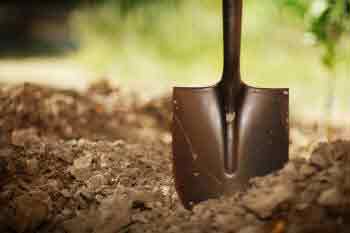
Digging soil
In the garden we have varied types of soil according to our own locale much of which has to be improved as a result of the way we treat it. Intensive gardening and the growing of food crops in particular requires that we have to carry out replenishment of nutrients, or operations to improve the structure that we often destroy.
We use organic compost and all manner of mulches on the outdoor soil, together with using soil substitutes for potting and growing our plants. It is not the fault of the garden soil that we use substitutes or methods of improvement, for it is often put to uses that are far removed from the natural methods of growing in years past.
In this section we will highlight the many uses of soil and its substitutes, together with what we can do to ensure that the soil in our garden is treated in a proper manner.

Types of Garden Soils
Garden soils can be silt, sandy or clay based. (There are other types of garden soil as well, but these are a good starting point)
The great 'diarist' - John Evelyn - wrote in 1675...That in his opinion, there were no less than 179,001,060 different types of earth........! Time is short, so forgive me if I only mention a few!
Garden Soil Types are normally referred to as being one of three basic 'soil structure' groups; Sandy soil, Clay soil and Loam.. This is just the start, but it is a good starting point, for each of these groups tell us much about the garden soil, and what - if anything - needs to be done to improve it.
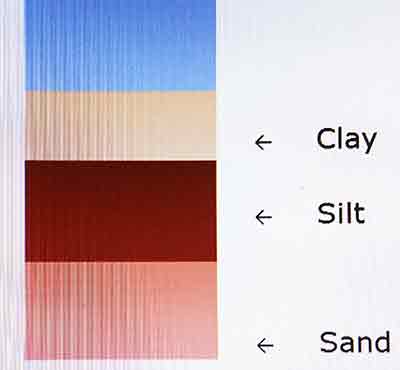
Loam Soils
The term loam soil often bemuses gardeners and is rarely described, but often used with planting instructions for certain plants. Most garden plants it seems prefer to be planted in loam or fertile soil.
There are several definitions as to what constitutes a loam soil, but most agree that loam soils are generally made up of near equal parts of clay, sand and silt particles generally a smaller ratio of clay particles. Those are the important ingredients that define a loamy soil.
Each of the mineral constituents has an important part to play in the makeup of this desirable growing medium. The properties of loam soils are dictated by the actual mineral fragments of sand, silt and clay.

Sandy Soils and how to care
Sandy soils are those which have a larger proportion of sand particles than they do silt or clay particles. There is is universal sandy soil, for they can vary considerably according to the type of sand, geo-location and factors such as organic content. It is possible therefore to have a very light sandy soil or one that verges on the classification of silt soil. Optimally, a soil which is classed as a sandy loam would be ideal. However, we rarely get to choose!
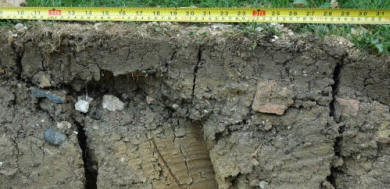
Clay Soils and Treatment
Clay soils are possibly the most difficult to improve, but do have a real advantage over sandy soils - so don't start feeling sorry for yourself just yet.
They are sticky when wet, and form hard lumps, which are impossible to break down when dry. In hot weather they form large, deep, cracks. These cracks can rupture roots, and cause moisture loss - which makes the problem even worse. Regular hoeing helps to fill the cracks and forms a surface mulch, which will help retain the soil moisture.
Without doubt, all clay soils can be improved quite substantially, with the addition of mulches of organic matter, by way of straw stable manure, or a good grade of peat. Composted bark - not bark chippings - is also good. A few years of such applications can provide you with a workable soil. Clay still - but workable.

Acid or Alkaline Soil?
You will need to know if your soil is acid or alkaline (or neutral). An Acid Soil does not have much - if any - lime in the soil. An Alkaline Soil does have lime in it - to varying degrees. A Neutral Soil; well, it has lime in it, but not enough to class it as an alkaline soil.
You can get a cheap basic testing kit at most garden centres to tell if your soil is acid or alkaline - and to what degree. (You can also do a basic test by drying a teaspoonful of soil, and then sprinkle some vinegar on it. If it bubbles, it will probably have lime in it. If is doesn't it will probably be acid or neutral!)
Most plant require lime in the soil to live and thrive. Rhododendrons, Camellias, Ericas and a few others do not. In fact the presence of lime in the soil will make them quite ill - probably terminal

Organic Matter in Garden Soil
Organic Matter has to be present in the soil for plants to grow. That's why deserts are simply 'deserts' - not sandy soils!
A soil rich in organic matter (Humus) will both hold moisture, and allow surplus moisture to drain away! How? Organic matter acts as a sponge in collecting and holding onto soil moisture, but it also helps the soil to form a good 'crumb structure'. That is to say, that it assists the individual soil particles to group together into larger groupings - or crumbs. This then allows the soil to become more workable or friable; instead of being one solid mass.
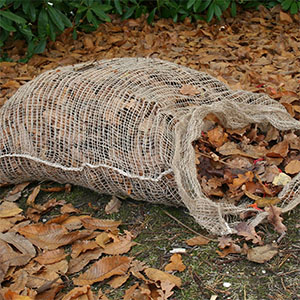
Leafmould Organic Compost
Leaf mould is literally composted leaves, resulting in a rich brown/black organic compost. It takes at least a year to compost down the leaves in order to turn it into leafmould, depending on leaf-type: beech or oak leaves decompose readily, but waxy leaves take much longer. (Sycamore and London Plane in particular take years to rot down) Also warm, wet weather conditions promote faster leaf decomposition and a more readily usable leafmould compost
Once the leaf mould is fully decayed, there should be no whole leaves present - just a crumbly brown/black compost which can be put through a coarse sieve to remove twigs etc. The leaf mould can be added to potting compost (1 part leaf mould to 4 parts potting compost), or used liberally in the garden as a plant mulch, or dug in to improve soil structure.
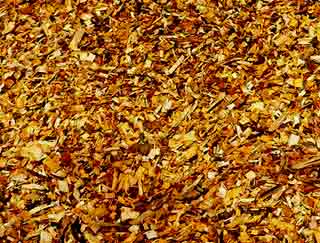
Mulch and Mulching
Mulching the soil in the garden is one of the most positive things you can do to improve soil fertility, conserve moisture and help your plants grow well. It is also an environmentally friendly activity and is the basis of a good organic approach to growing. It is one of the basic ways in which plant life in the wild provides its own food, and ensures its own survival.
The never ending provision and recycling of fallen leaves and other decaying organic matter provides nutrients for the plants continuing survival. All are returned to the soil surface, from there into the soil, are broken down by various soil organisms and turned into food for the plant to absorb. Other than water and possibly nitrogen from the air, it is all that plants need to continue life.
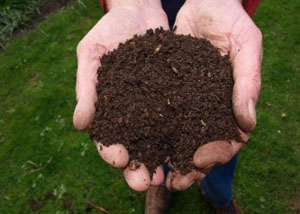
NPK Explained
NPK are the symbols that stand for Nitrogen, Phosphorus, and Potassium (potash)? A little confusion sometimes because the symbol for Potassium is K and not P. If it were P, then there would be even more confusion, for we would be talking of NPP! (Not helpful).
They are normally applied as balanced - compound - fertilisers or feeds, though they can be bought as specialist single elements. Not for the beginner! The most common of the complete or compound fertilisers is sold as 'Growmore'. More of less all plant garden fertilisers and plant foods - liquid, granular or whatever, are compound foods
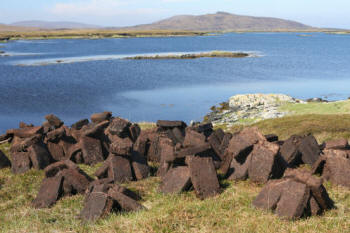
Sphagnum Peat Soils
Sphagnum Moss and Sphagnum Moss Peat are widely used in the garden environment. The moss is used as hanging basket liners, moss poles and other varied uses such as the ingredient for air layering. The peat is used in many potting composts; as garden mulch; soil enrichment, and acidifying soils for ericaceous plants such as Azaleas or Rhododendrons.
Sphagnum moss is a living entity that lives in bog or moist areas notably in Ireland from where the peat product is well marketed as Irish Moss Peat! Sphagnum moss is often found and harvested illegally from woodlands throughout the UK, where it can be found in shaded areas, growing on the damp soil or even on tree trunks. It is a favourite for florists and floral decorators, being attractive and water-retentive, owing to it long strand-like growths of mainly hollow cell structure that can retain moisture.

Vermiculite
Vermiculite has a multitude of uses for gardeners as a soil additive or as a stand-alone medium for propagation and soil-less culture. By itself it has no food value; is completely inert. So what is vermiculite?
Vermiculite is a product that starts life as an open-cast mined silica ore. The end product that we use in gardening is an extremely light open-textured granule that has been heat treated from original ore to form a water-retentive granule with a layered flake makeup that is absorbent holding moisture and nutrients within its structure.
Find Topsoil Suppliers in your county in our Business Directory